The Role of Newton’s Third Law in Aviation
Pilot Institute
APRIL 12, 2025
They are designed with a special shape called an airfoil, which encourages passing air to turn and deflect downward. This is why the typical airfoil shape has a curved top and a flat bottom, especially in slower-speed general aviation aircraft. Newtons Third Law tells us that we need to push air downward to produce an upward force.


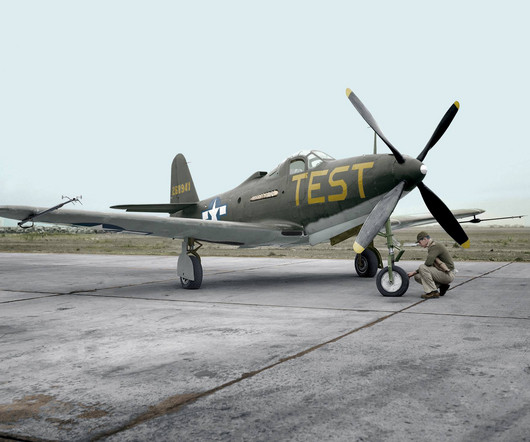
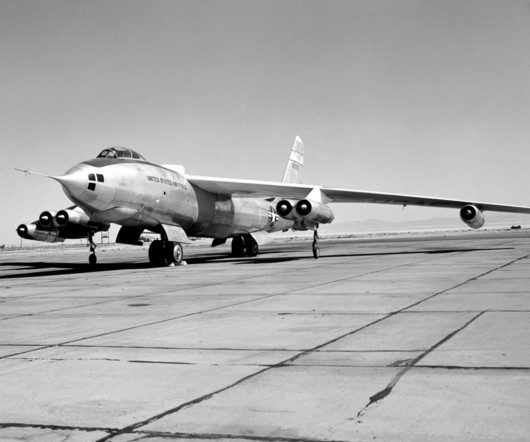
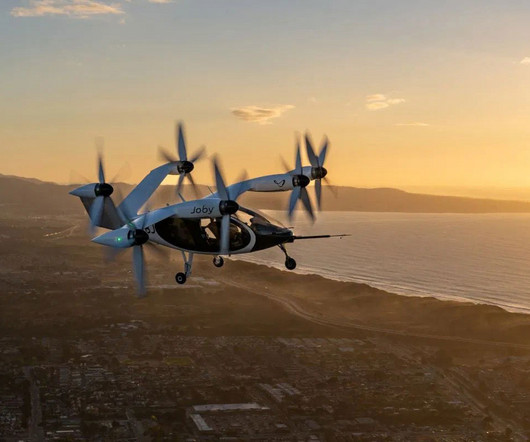
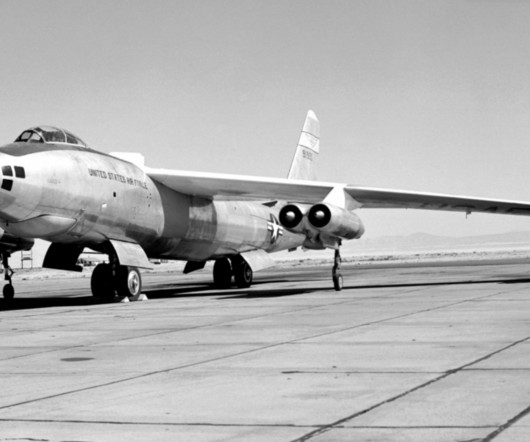

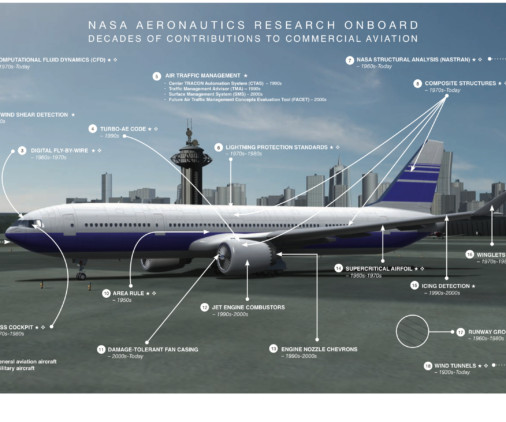









Let's personalize your content